India refuses to sit for talks and there is no boundary dispute with China, foreign minister says
Nepals' Foreign Minister Pradeep Gyawali has counteracted two assertions regarding boundary disputes that have been making the rounds of both Nepali and Indian media—that India offered to sit for talks but was rebuffed by Nepal, and that China has encroached upon more Nepali territory than India
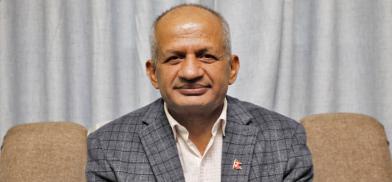
Nepals' Foreign Minister Pradeep Gyawali has counteracted two assertions regarding boundary disputes that have been making the rounds of both Nepali and Indian media—that India offered to sit for talks but was rebuffed by Nepal, and that China has encroached upon more Nepali territory than India.
Gyawali, speaking at the ongoing Standing Committee meeting of the ruling Nepal Communist Party (NCP), said that contrary to India offering to sit for talks, as reported in some Indian media outlets, it had refused to sit to currently hold any dialogue with Nepal to resolve the boundary dispute despite repeated requests from Nepal.
Contrary to some reports in the Nepali and Indian media, Gyawali clarified that there were no boundary disputes with China and if any such disputes arose, they would be resolved through talks.
Two Standing Committee members told the Post that some party leaders criticised the KP Sharma Oli government on Friday for not doing adequate homework to hold talks with India, failing to cultivate alternative lines of communication with New Delhi, and also failing to propagate Nepal’s claim to its lands on national and international platforms.
“There is national unity on territorial integrity and publication of the map but we sincerely lack homework for talks with India,” Bhim Acharya, a Standing Committee member, said. “The government cannot sit idly after calling for talks with India.”
Ever since India released a new political map in November that included Kalapani within its territory, Nepal has been pushing for talks, dispatching at least three diplomatic notes. India did not reply. In early May, after India opened a link road via Lipulekh, Nepal again asked for talks, with India responding that talks would only be possible once the Covid-19 pandemic was over. Nepal eventually published a new political map, incorporating all territories disputed with India.
“We had offered talks in November, December, January and May but India rejected them, saying that they are occupied with Covid and once both nations will overcome the pandemic, formal talks can be initiated,” Gyawali said at the meeting, according to party leaders.
Acharya, however, said that the government needed to push its claims internationally, by publishing in both Nepali and English so that Nepal’s claims are recognised by experts, opinion makers, leaders, diplomats and the general public. The government must also pursue other avenues for dialogue, he said.
“Though the government has claimed that it is ready to sit in talks, our efforts are not adequate,” said Acharya. “Let's reach out to other sections of Indian society like political party leaders, experts, diplomats and public intellectuals to put pressure on New Delhi.”
According to Gyawali’s statement on Friday, the government is in communication with New Delhi through various channels and it has consistently received the message that the possibility of talks are slim as long as the Covid-19 crisis is present.
A total of 18 Standing Committee members spoke on Friday about the boundary issue, according to party spokesperson Narayan Kaji Shrestha. All of them urged the government to hold effective talks with India in order to bring back Nepali land that is presently occupied by India.
Spokesperson Shrestha, who is also a former foreign minister, said that Nepal should also talk with China on Lipulekh.
“India considers Lipulekh disputed but both India and China agreed to develop trade routes via Lipulekh,” Shrestha said. “Lipulekh is a trijuncture but both India and China have forgotten this fact, so we have to protest this move strongly with both sides and should talk with China too.”
According to Raghuji Pant, another Standing Committee member, some leaders urged the government to end the bitterness with India and settle the differences once and for all.
“We are currently facing an inundation problem on the border. We have yet to come to an agreement to scrap or revisit the 1950 Peace and Friendship Treaty and the report of the Eminent Persons’ Group on Nepal-India Relations has yet to be submitted,” said Pant. “Considering all these differences, we urge the government to take adequate measures to resolve all outstanding issues permanently. We need to restore ties with India.”
If it is not possible to hold talks at the governmental level, Nepal should open another line of communications with New Delhi, said Pant. And Nepal should also attempt to bring to the notice of the Indian people that the map was released due to India’s action in order to manage public perception and prevent a deterioration in people-to-people ties.
“If there is a trust deficit, we have to build confidence but releasing the map was not an anti-Indian action,” he said.
Some members, including Dev Gurung, Lilamani Pokhrel, Pampha Bhusal and Amrit Bohara, even demanded that the Nepal-India border be fenced off.
“In this time of corona, we have mobilised the Armed Police Force,” Pokhrel reportedly said at the meeting. “Now, we have to advance by fencing the border. Let’s regulate the Nepal-India border.”
But Shrestha said that instead of building a fence,Nepal needed to better control the open border.
https://kathmandupost.com/national/2020/06/27/india-refuses-to-sit-for-talks-and-there-is-no-boundary-dispute-with-china-foreign-minister-says


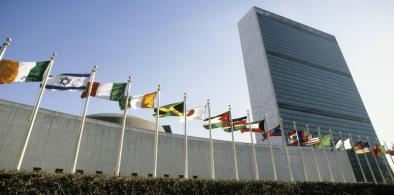

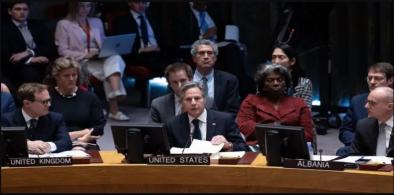
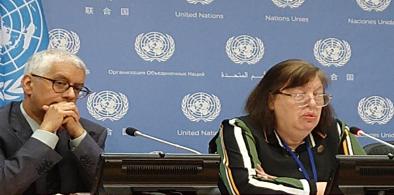
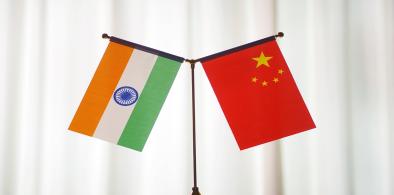
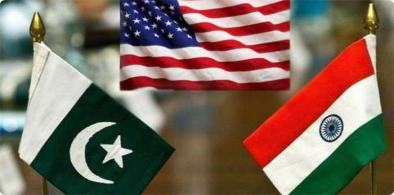
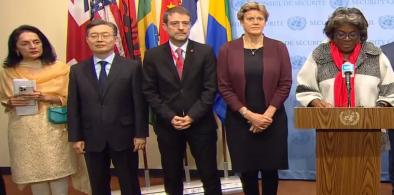
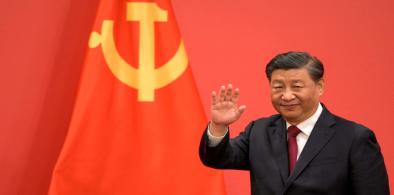











Post a Comment